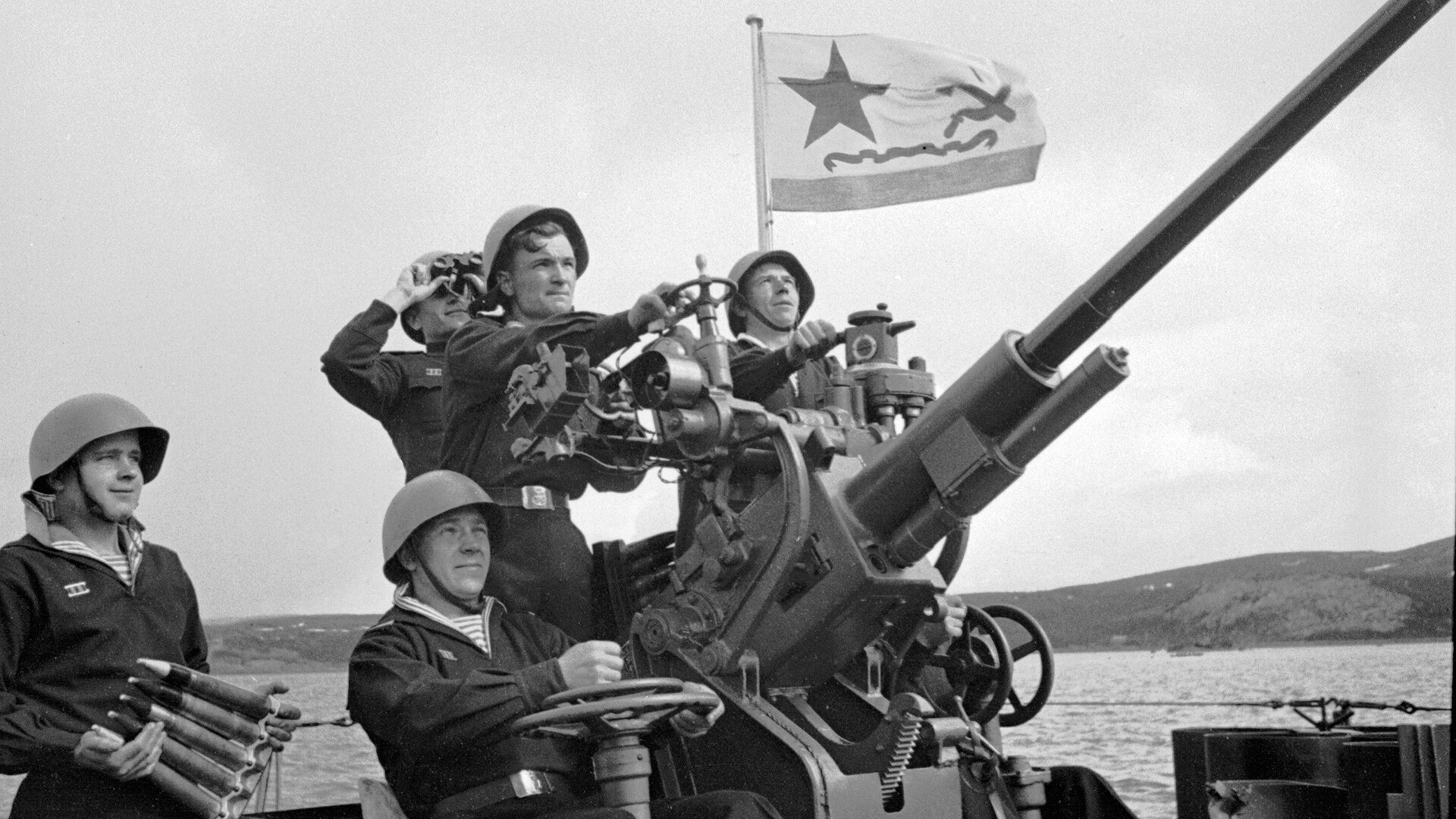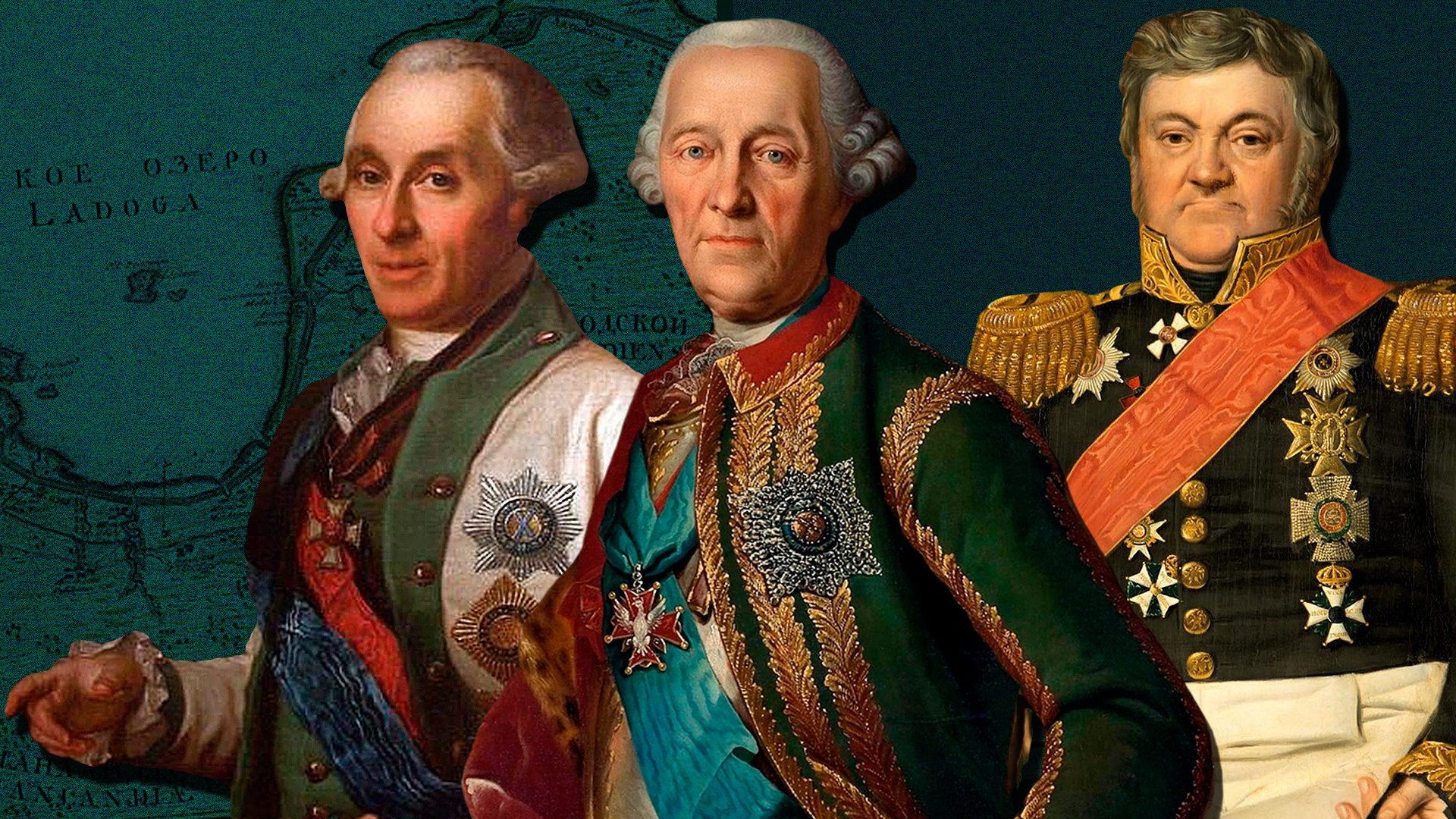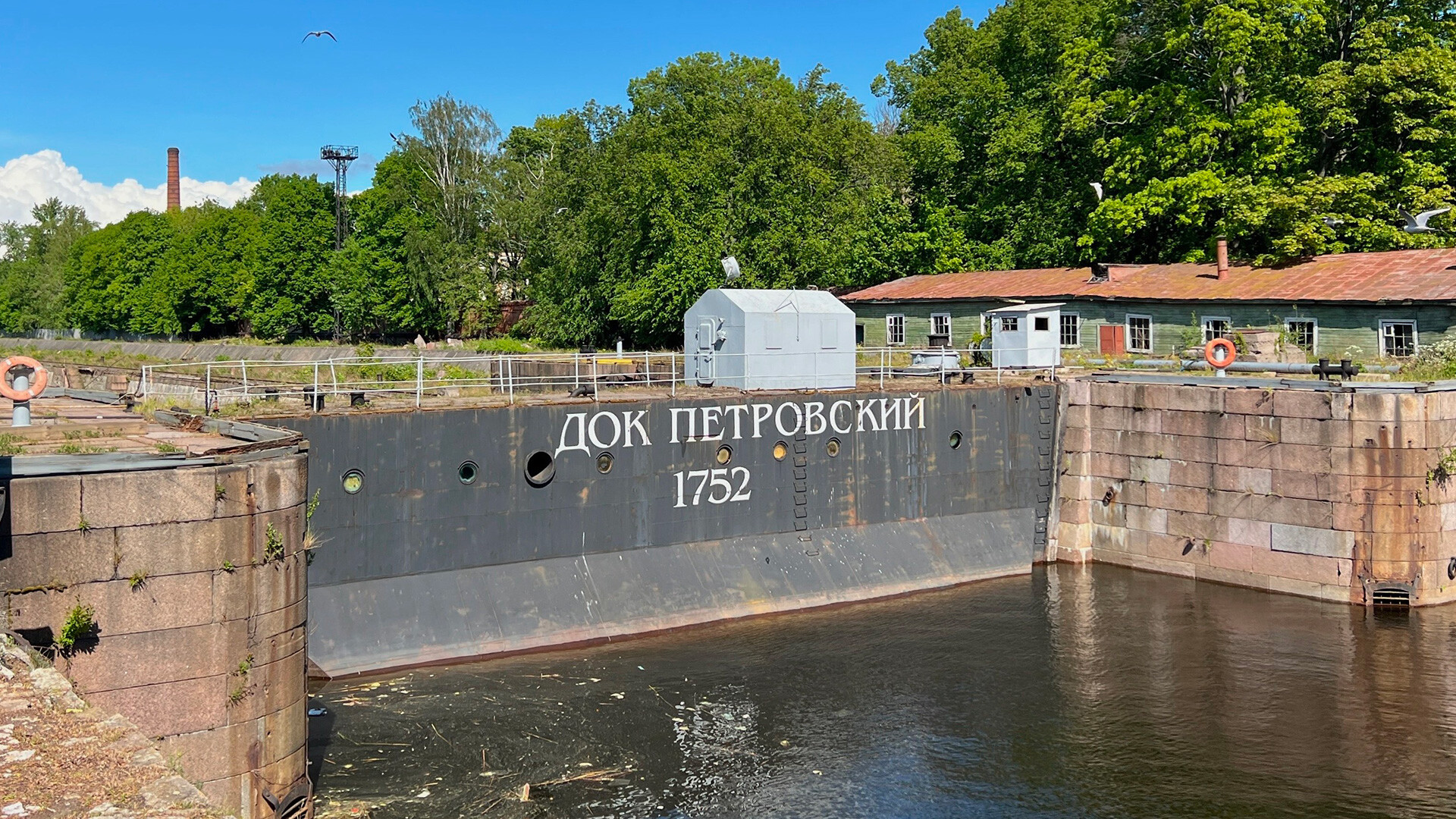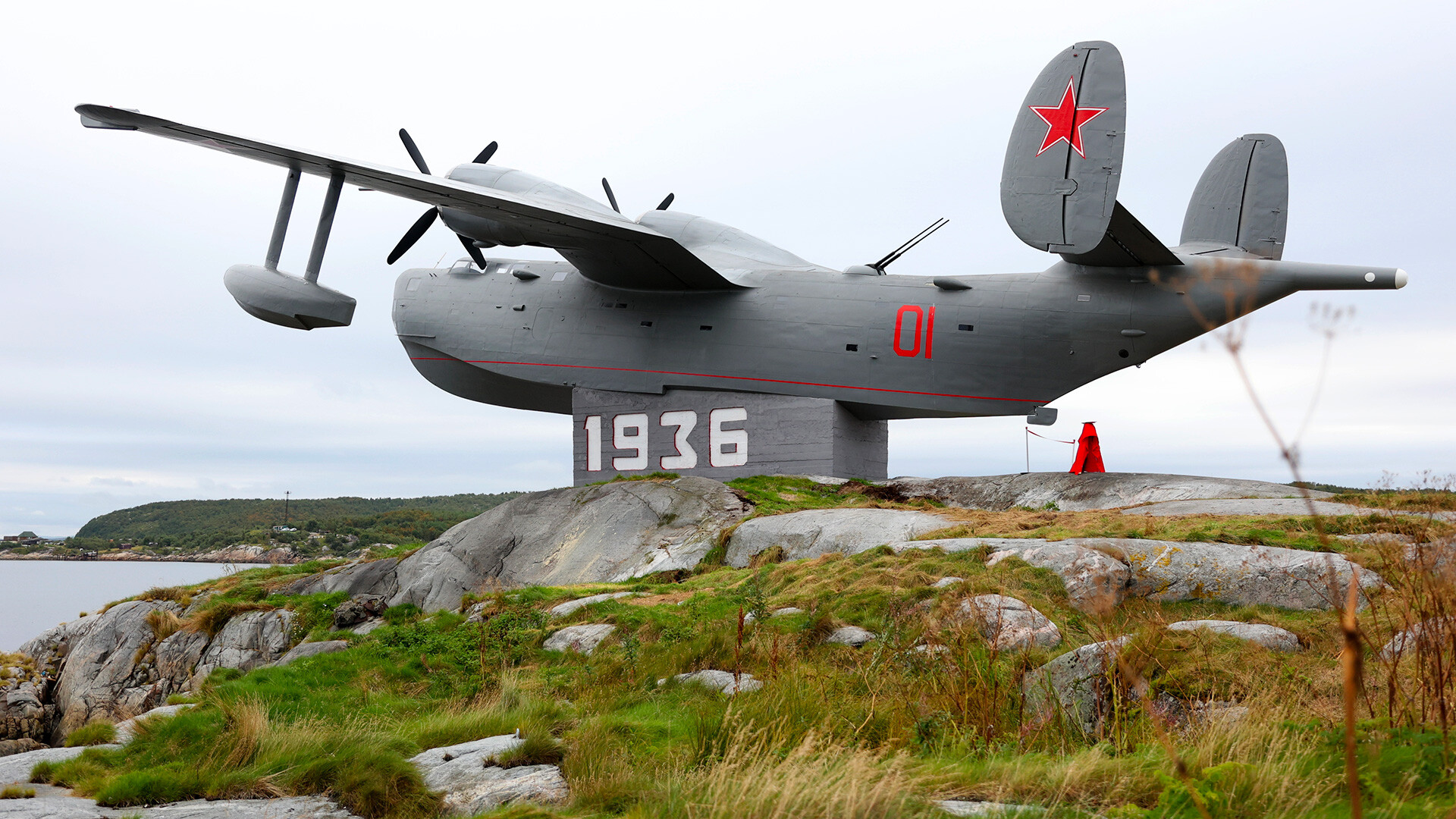
How Russian sailors rescued Italians during a horrific earthquake

“In six days, you have done more in Italy than all of my diplomacy during the years of my reign.” These are the words Emperor Nicholas II greeted Rear Admiral Vladimir Litvinov in 1909 after his return from the Mediterranean campaign.
At the end of 1908, a terrible earthquake occurred on the northeastern coast of Sicily, accompanied by a tsunami, which was so unusual for these parts. Messina, the third largest city on the island, was at the epicenter. Almost half of the 150,000 inhabitants died. There were almost no buildings left intact in the city. And if the crews of the nearby Russian warships of the Black Sea Fleet hadn't come to the rescue, the consequences of the catastrophe would have been even worse.
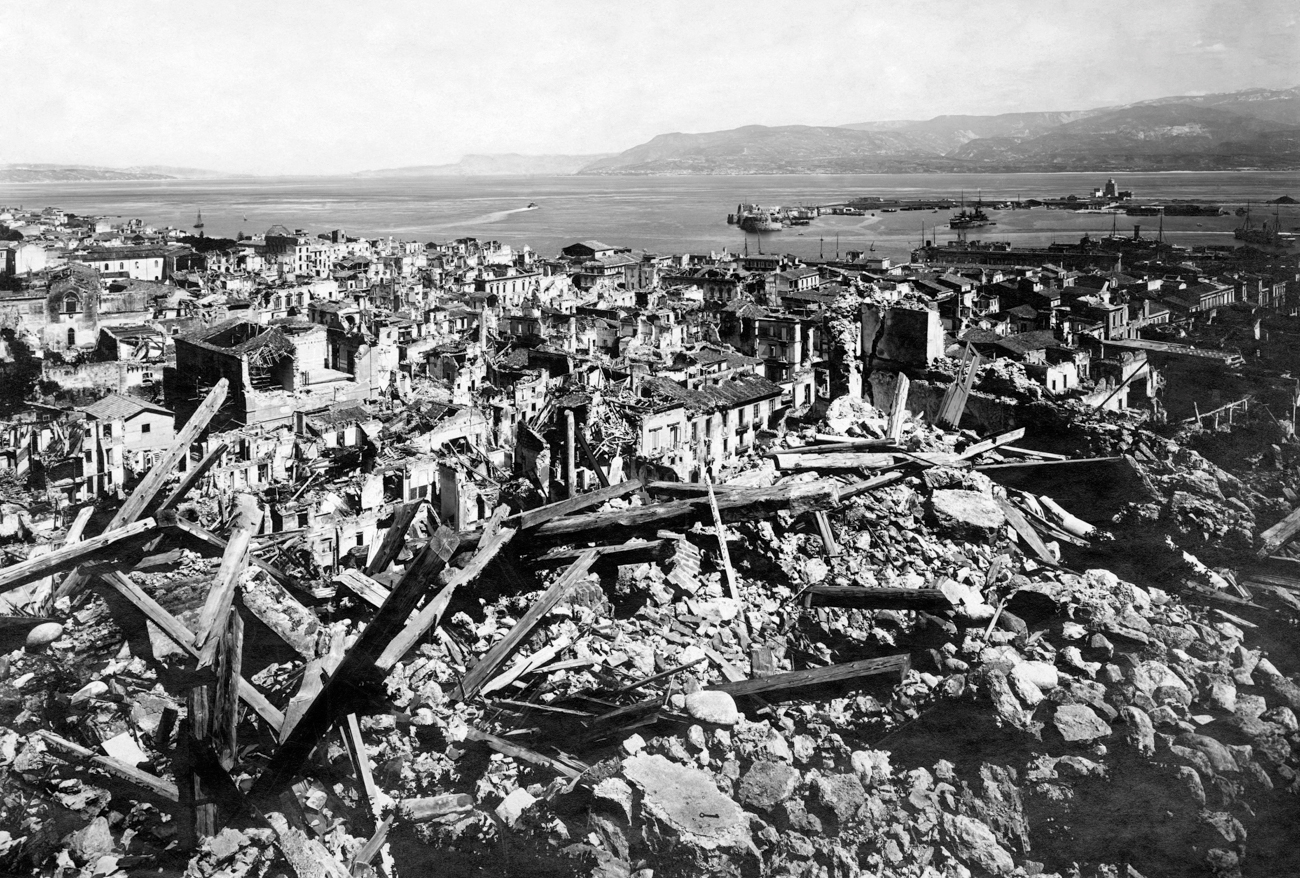 Messina after the earthquake.
Messina after the earthquake.
Today, the central square of Messina is dominated by an ancient 12th-century cathedral. However, the "12th century" is debatable: if you look closely, the boundary between the old and new masonry is clearly visible 10 meters from the ground. The pale pink color changes to tired gray. You look and you understand how strong the blows were in the early morning of December 28, 1908, if even such a structure was cut in half. And there were three blows! The city was asleep and, therefore, suffered terrible casualties.
 Ruins of cathedral of Messina.
Ruins of cathedral of Messina.
“Once I managed to see old photos of the early 20th century, which depict what was left of the rich city. Strictly speaking, nothing remained. “The city presented a terrible sight, a mere pile of stones,” one of the guardsmen of the Russian squadron wrote home. “The glow of fire ominously burned over the city, our searchlights shining instead of lanterns from the roadstead and all the walls groaned, with sounds of desperate moans heard from all around,” another shared with a relative.

If strictly scientifically, the catastrophe of 1908 is referred to as the “earthquake in Sicily and Calabria”. Yes, the tragedy of Messina overshadowed the other disasters. But, in the then sparsely populated Calabria, two coastal fishing villages alone lost almost half of their inhabitants. The provincial capital also suffered.
Crews of Russian battleships ‘Tsesarevich’ and ‘Slava’, cruisers ‘Bogatyr’ and ‘Admiral Makarov’, gunboats ‘Gilyak’ and ‘Koreets’ all helped save people on both coasts.
 The victims of the Messina earthquake, 28 December 1908, being transported by lifeboats to the Russian battleship Makaroff.
The victims of the Messina earthquake, 28 December 1908, being transported by lifeboats to the Russian battleship Makaroff.
Admiral Litvinov, commander of the training squadron, gave the order for the operation without waiting for permission from St. Petersburg. It took the ships only 24 hours to reach the site of the disaster from the Augusta military base, located 113 kilometers (70 miles) from the Strait of Messina, and put ashore the midshipmen, officers, doctors, orderlies and two companies of sailors. The 3,000 Russian sailors were responsible for rescuing 2,500 people from under the rubble. And who knows how many tens of thousands of people were bandaged, fed, warmed, sent to sailors' cabins and officers' quarters and transported to safe places? ‘Admiral Makarov’ even managed to travel with the wounded to Naples and return. And the ‘Tsesarevich’ – to Syracuse…
 Monument to Russian sailors in Messina.
Monument to Russian sailors in Messina.
Help arrived later. Detachments of the Italian army, the Americans, the British appeared… Then, there were awards from their own and Italian governments, praise in newspapers all over Europe. And the memories of eyewitnesses. Someone told that Russian sailors dug out the vault of an Italian bank, where 20 million francs were lying – and they handed over every last coin, a Western reporter marveled. Someone wrote that, in Naples, a simple sailor walked into the Russian consulate with a baby he had rescued. The child was sleeping, fed with milk and swaddled according to all the rules. And the sailor asked that - in case the parents were not found, he would like to take the baby back with him, to be raised as his own. Someone was the first to call the Russians “angels from the sea”. Others followed suit.
This material is published in abbreviated form – the original was published in the ‘Russky Mir’ magazine.




